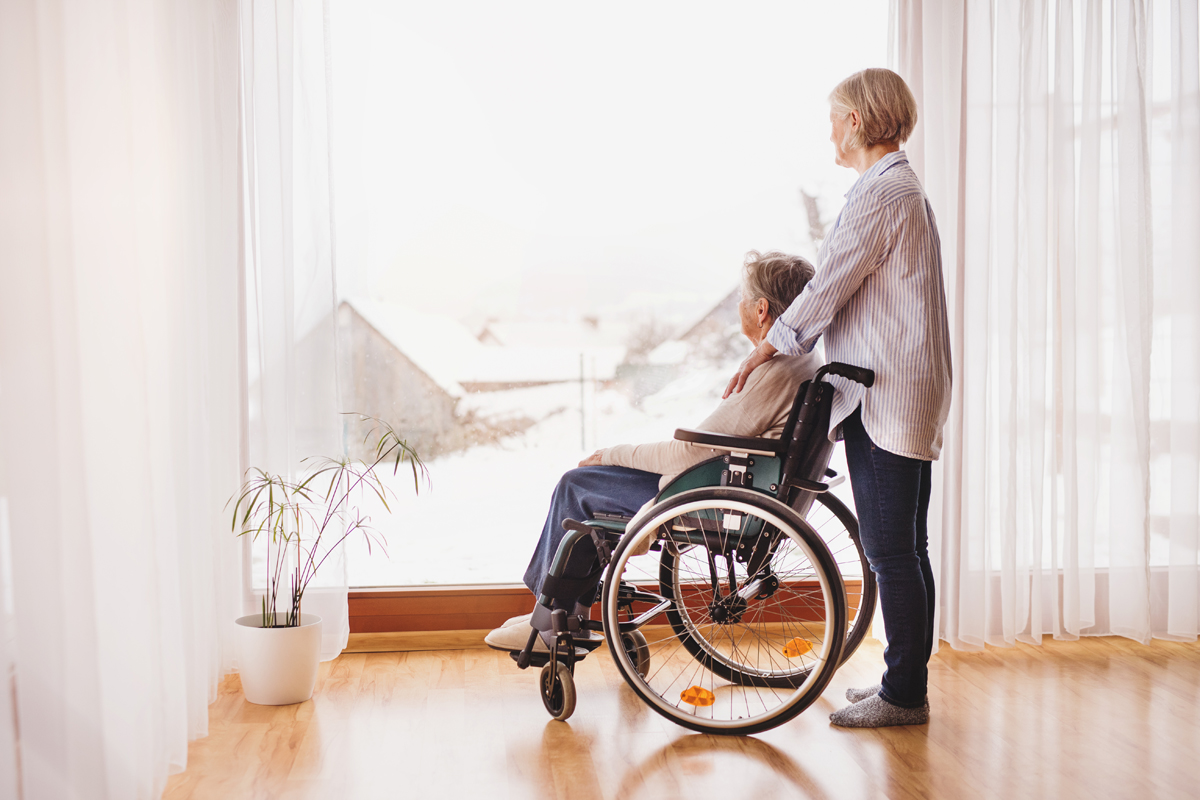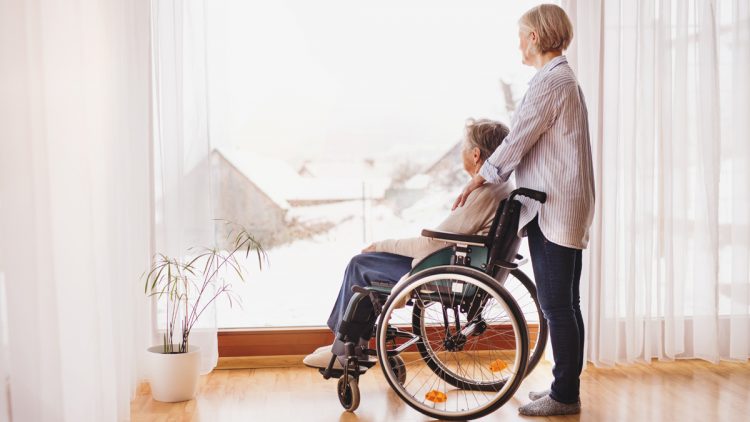Why Might An Older House Have More Safety Risks Than A New One?

Senior citizens need to take precautions inside their own homes. Typically, newer homes are safer than older models, which cause individuals to be more susceptible to falls and injuries. This article will detail all the safety risks associated in newer and older homes today.
Newer Homes Vs Older Homes
Here are a few main differences between newer and older homes:
- Price
- Location
- Maintenance Requirements
- Home Safety
- Availability
- Energy Efficiency
All of these factors can influence a senior citizens’ decision on whether or not to live in an older or newer model. For the majority of seniors, though, newer homes are better equipped for safety needs.
Older Home Advantages
Most older homes will have a more ideal location, compared to new homes. Older homes were typically built closer to town centers, restaurants and other desirable amenities. There is also a better chance an older home is located in an established neighborhood with a greater sense of community.
Older homes tend to be less expensive than newer homes for obvious reasons. Depending on condition of the home and/or location, these older homes will come with a smaller price tag than new ones built in the same area. Older homes are also great for those looking to move in quickly, since these homes won’t typically require finishing touches from developers.
Older Home Disadvantages
Unfortunately, in most cases, the cons will outweigh the pros when it comes to older homes for seniors. Keeping up with maintenance needs or remodeling becomes nearly impossible at a certain age. Some older homes will come with inefficient heating systems or plumbing. Replacing any heavy equipment is extremely dangerous for seniors.
Newer homes are safer than old homes. Modern models may come fully equipped with safety features, including security lights/locks and burglar alarms. This type of equipment is very important for seniors who live alone. New homes will also come with fire doors and smoke alarms. Energy efficiency isn’t typically associated with safety, but you’ll want to make sure your walls, ceilings and floors are well insulated.

Home Safety Checklist
Fire safety is an extremely important part of any at-home safety checklist. Seniors are at a higher risk when it comes to residential fires, unfortunately. Elderly citizens are actually three times more likely to die during a home fire than someone who is younger. Have your home assessed for smoke alarm needs.
Staircase Safety
- Handrails need to be sturdy.
- Make sure stairs are well lit at all times of the day.
- There cannot be any items on the staircase. Keep the stairs clear and safe for use.
- Stairs must be even to decrease the risk of falling.
- Replace any worn carpeting right away.
Bathroom Safety
- Shower/bath seat needs to accessible.
- Protect outlets from electric shock.
- All doors should open outwards.
- No glare should come from the lighting.
- Light switches should be near the door.
- Towel bars have to be sturdy.
- Shower doors should be made of plastic or safety glass.
- Shower/tub needs a non-slip surface.
- Flooring should be matte finished or covered with carpeting.
Living Room Safety
- Remove any furniture that is wobbly or could create a safety hazard.
- Keep pathways clear of any cords. Do not run cords under carpeting.
- Remove foot rests or any short tables from pathways.
- Make sure fireplace is always cleaned before use.
- Check to see that all rugs are level with the ground.
Bedroom Safety
- Any fire hazards need to be kept far away from bedding, curtains and furniture.
- Lamp or flashlight should be within reach of the bed at all times.
- Have a sturdy chair in the room in case you need to sit.
- Keep phone close to the bed.
- All pathways from bed to bathroom need to be completely clear.
Kitchen Safety
- Have a sturdy step stool with handrails nearby in case you need to grab something from a higher shelf.
- Stove area needs to be clutter free and clean at all times.
- Have a fire extinguisher nearby. The extinguisher needs to be less than 10 years old and in working condition.
- All appliances with cords need to be far away from any water sources.
- Never leave the kitchen while cooking anything.
- Ventilation is important. Without proper ventilation, indoor air pollutants and carbon monoxide can make the air unsafe.
Mobility Center In Mesa, Arizona
Mobility Center has been proudly serving the entire Phoenix, Arizona area since 1975 with the finest in mobility aids, scooters, wheel chairs, lifts and support equipment. Visit our convenient location to see the products and receive the individual attention that you deserve. Our service area includes Mesa, Apache Junction, Tempe, Chandler, Scottsdale, Phoenix, Glendale, Surprise, and Sun City.
More Articles About Senior Living
- Best Walking Canes
- What Is a Rollator?
- 10 Common Mobility Scooter Problems
- Wheel Chairs Near Me
- Types Of Mobility Aids
- How Much Does a Stair Lift Cost?
- Balance Exercises For Seniors
- 65 Quotes About Getting Older
- Elderly Home Safety Checklist
- The Best Places To Retire In Arizona
- Wheel Chairs For Sale In Phoenix, Arizona
- How Much Does A Wheelchair Cost?
- Top 5 Best Walkers For Seniors
- How Much Do Scooters For Seniors Cost?

